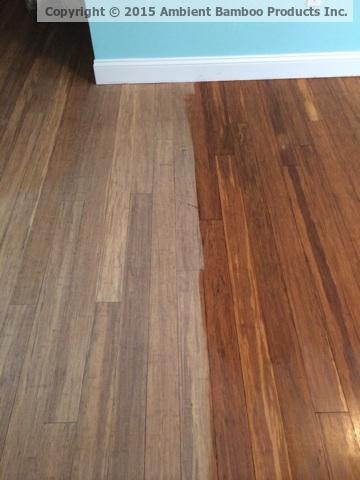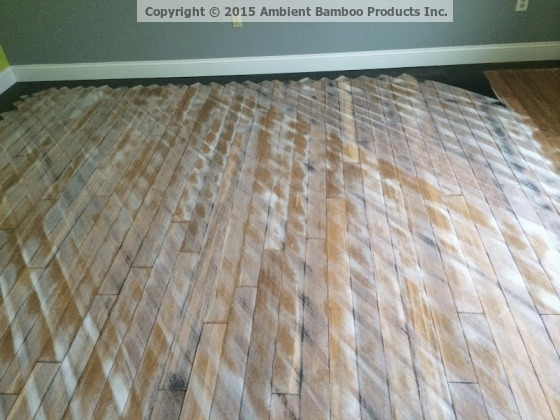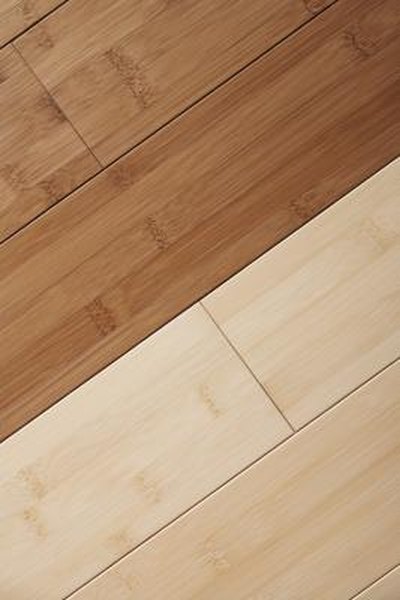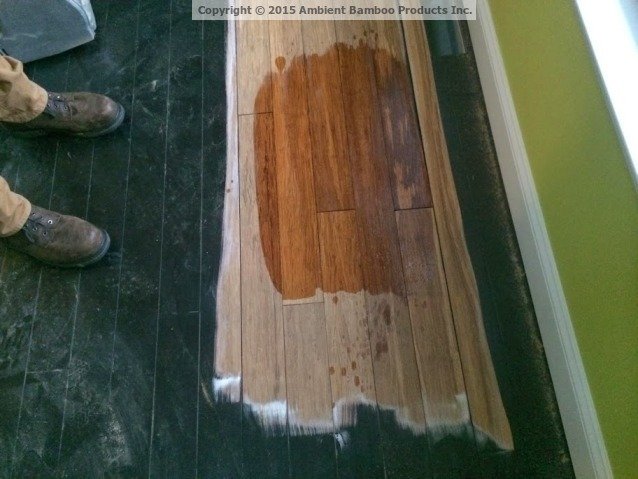Bamboo floors can be restained, but the process differs from traditional hardwood due to bamboo’s unique properties. Solid strand-woven bamboo accepts stains best, while engineered bamboo with thin veneers has limited refinishing potential. The floor must first be sanded to remove the existing finish and expose raw bamboo—a delicate process requiring 120-150 grit sandpaper to avoid damaging fibers. Bamboo’s dense, silica-rich surface resists stain penetration, making preconditioners essential for even color absorption. Darker stains typically work better than light ones, as bamboo’s natural hue can show through faint tones.
Preparation is critical for successful bamboo restaining. Remove all furniture and thoroughly clean the floor to eliminate dust and residues. Sanding must remove the entire previous finish without gouging the surface—power edgers help with perimeter areas. Wipe the floor with tack cloth after sanding to remove all particles. Apply wood conditioner specifically formulated for bamboo, waiting the recommended time before staining. Test stain colors on inconspicuous areas or spare planks first, as bamboo’s grain and manufacturing process affect final appearance differently than wood.
Stain application requires specific techniques for bamboo. Use oil-based stains for deeper penetration, applying thin coats with a foam brush or lint-free cloth. Wipe away excess stain after 5-10 minutes to prevent blotchiness. Multiple light coats achieve better results than one heavy application. Strand-woven bamboo may require longer stain dwell times due to its density. After staining, allow 24-48 hours drying before applying protective finishes. Note that horizontal-grain bamboo shows more color variation than vertical-grain during staining—some homeowners embrace this as natural character.
Finish selection impacts durability and maintenance. Water-based polyurethane dries clear and resists yellowing, while oil-based versions add warmth. Aluminum oxide finishes provide maximum scratch resistance for high-traffic areas. Apply at least three finish coats, lightly sanding between layers with 220-grit paper. Some professionals recommend a seal coat of shellac before polyurethane for better adhesion. Avoid wax finishes on bamboo, as they complicate future refinishing. The entire process typically takes 3-5 days accounting for drying times between steps.
Restaining bamboo floors has limitations to consider. Engineered bamboo with wear layers under 2mm may not withstand sanding. Carbonized (darkened) bamboo can’t be lightened significantly through sanding alone. Some factory-applied UV coatings prevent proper stain adhesion, requiring complete removal. In rental properties or high-moisture areas, painting might be more practical than staining. While restaining refreshes bamboo floors, improper techniques can damage the material permanently. Consulting a flooring professional ensures the best outcome for your specific bamboo product and desired look.
Can You Stain Bamboo Floors?
Pin on Home Improvement
Can Bamboo Flooring Be Refinished? A Simple Guide.
Ways To Repair Bamboo Flooring In Your House Bamboo flooring, Floor design, Flooring trends
If you have old wood floors, try to strip and restain them. Vinyl plank flooring, Plank
Ways To Repair Bamboo Flooring In Your House Bamboo flooring, Timber flooring, Minimalist
Bamboo Flooring – Interior Decorating Las Vegas
Bamboo Flooring Issues and Problems
The Bamboo floor extended through the dining room Bamboo flooring, Flooring, Hardwood floors
Related Posts:










/GettyImages-588174422-59ffa192e258f800370dd247.jpg)
